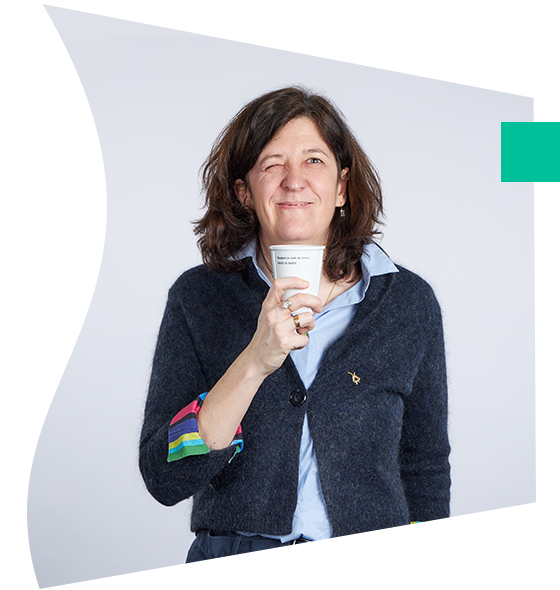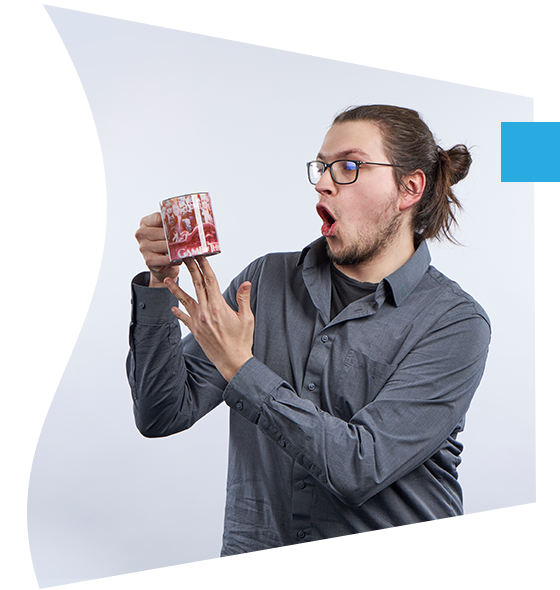As a seasoned consultant, I’ve delved deep into the world of Laravel queues, uncovering their transformative power in handling the colossal challenges of big data processing. Join me as we embark on a journey to harness the true potential of Laravel queues and revolutionize your approach to modern web development.
This website uses cookies so that we can provide you with the best user experience possible. Cookie information is stored in your browser and performs functions such as recognising you when you return to our website and helping our team to understand which sections of the website you find most interesting and useful.























